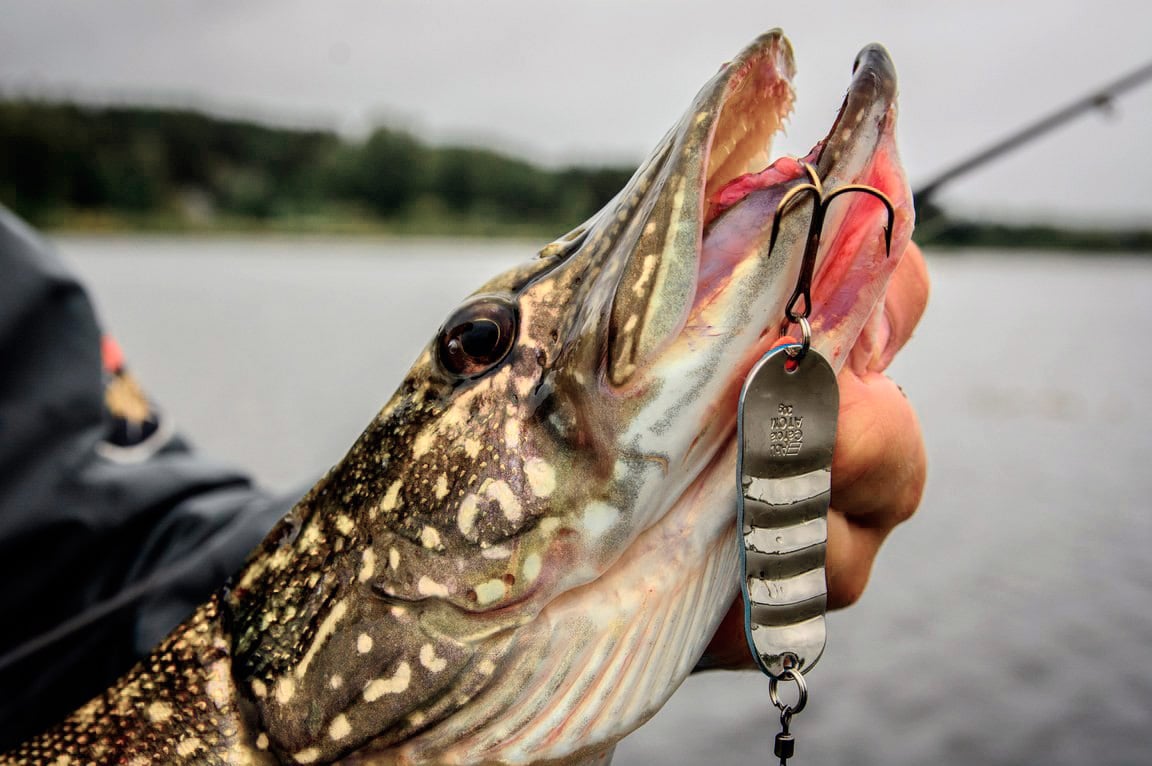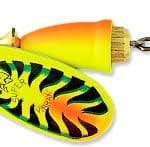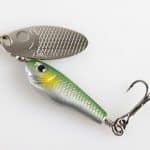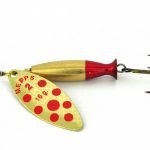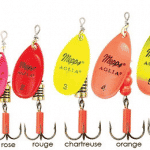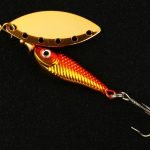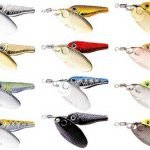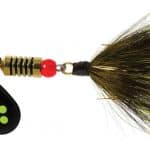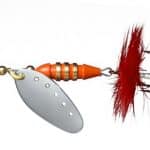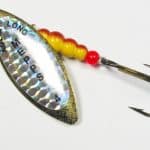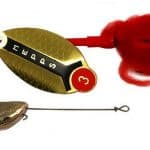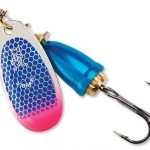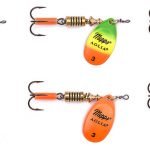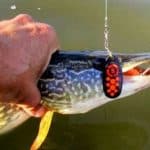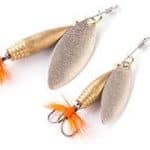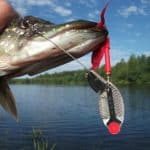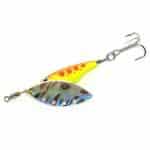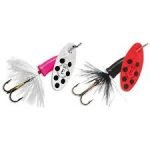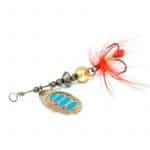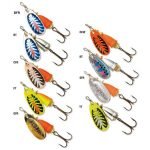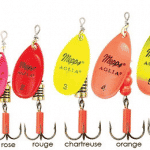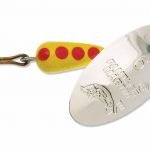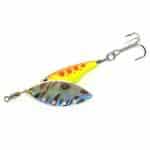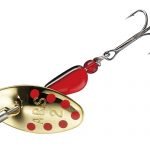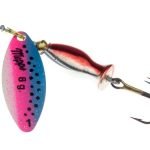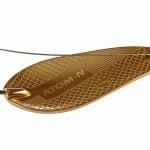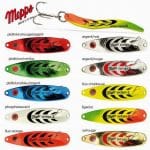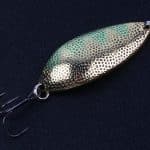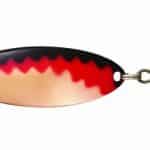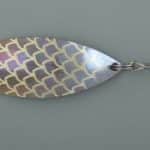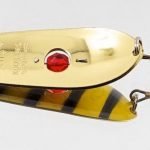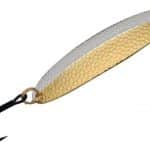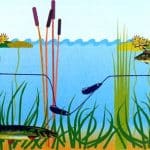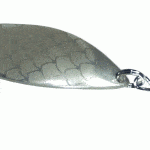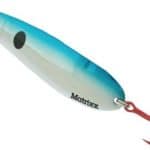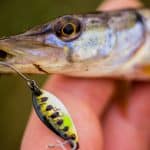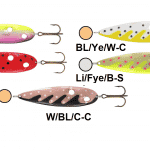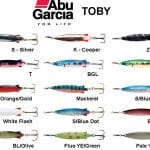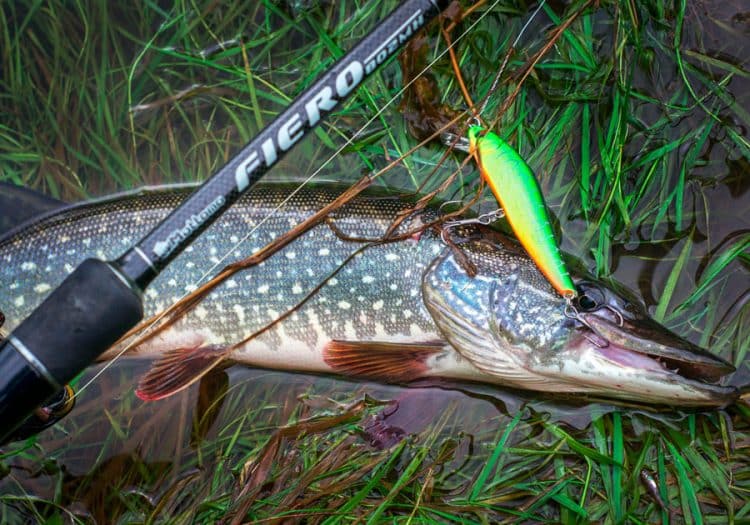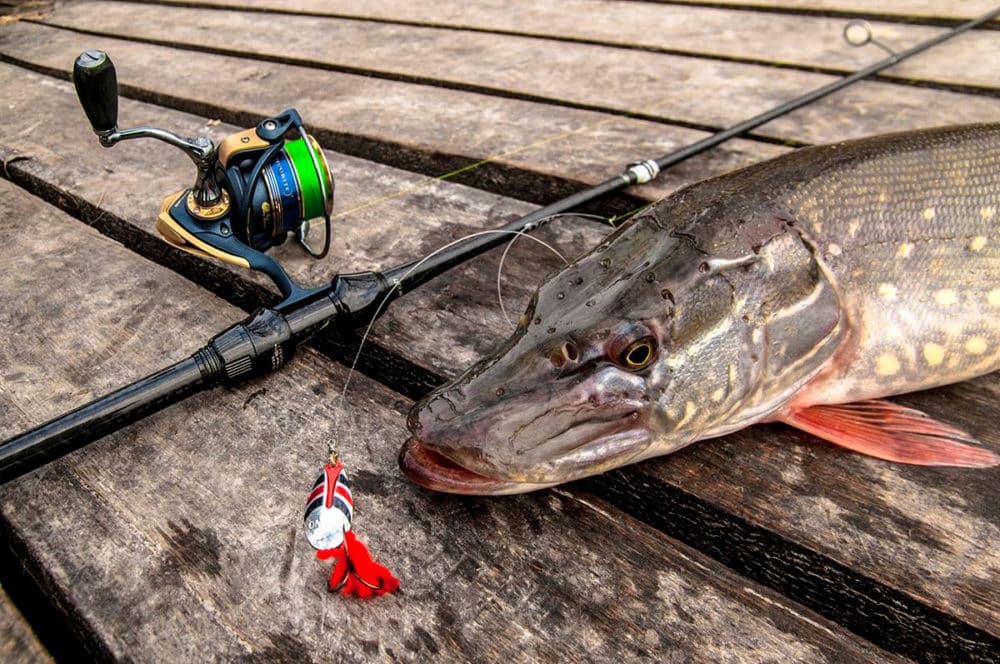The pike is one of the most common and, let’s say, “ordinary” trophies for spinning. But, despite this, the capture of the coveted freshwater crocodile pleases any even experienced fisherman. Blesnenie pike on
spoons and
turntables – a popular method of fishing, which in recent years has found a second youth and the Renaissance, in spite of the abundance of silicon lures and wobblers. You can catch pike with a lure almost all year round, especially for spinning lures – they are more versatile.
- Fishing for pike with spinning lures: selection, wiring, application nuances
- What kind of turntables do you like toothed?
- Feeding and wiring spinning lures for pike
- Moving on to the selection of specific models
- How to properly shine a pike on an oscillator: choice, wiring of spoons, nuances of application
- What kind of oscillating spoons does a predator prefer?
- Pike feeding and wiring
- Поделиться ссылкой:
Fishing for pike with spinning lures: selection, wiring, application nuances
What kind of turntables do you like toothed?
The pike loves notable, noticeable prey, which pleases the eye, therefore the choice of the size of the spinning spoon should be appropriate. According to the Meps classification, these are numbers 2-5. Large spoons are not only more visible visually and acoustically, but also allow you to process deeper parts of water bodies, where the predator often hides.
Sometimes for the summer grass pike, hunting almost at the very surface, the sizes of rotary rollers 1-1 + work well, but this is rather an exception that needs to be borne in mind. So, such turntables are very good on flooded lakes and oxbows when fishing for pike along water lilies.
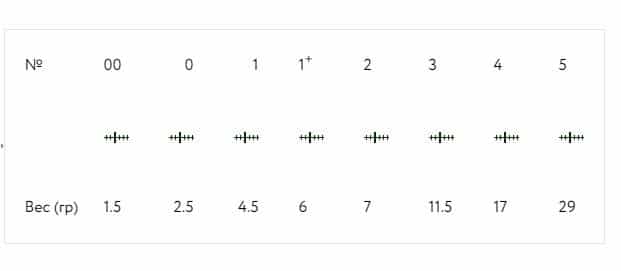
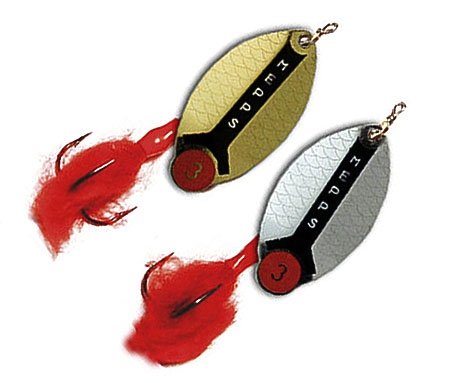
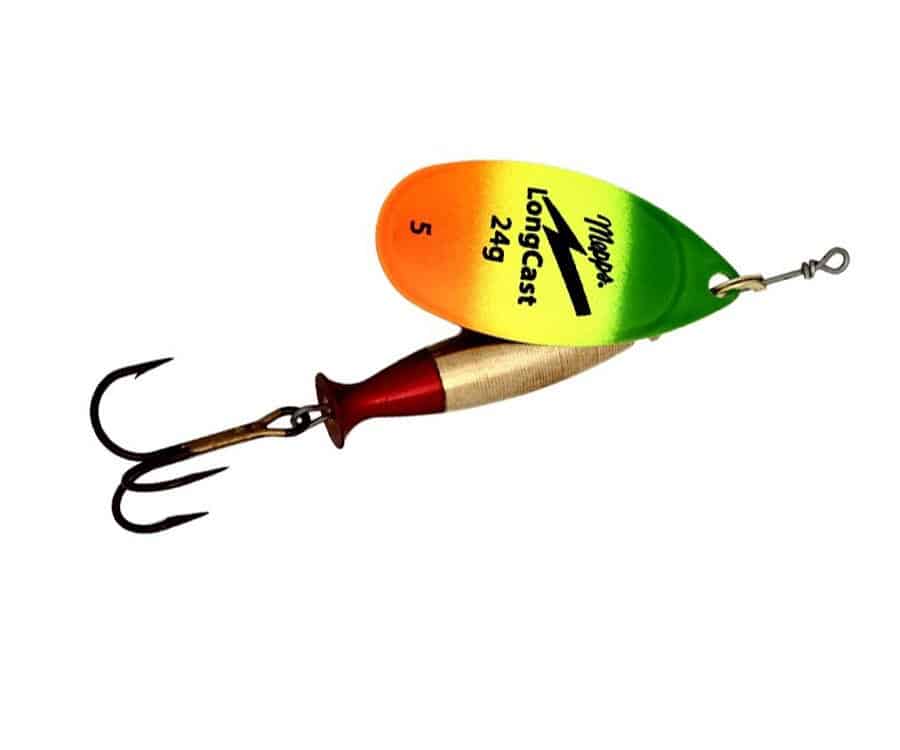
Lures with a load on the core are more versatile, they allow you to work in a variety of conditions and wiring horizons. They are especially relevant during spring and summer, when pike often hunt in the middle layers of the water.
Front-loadedare needed in the fall, when the predator rolls down into the pits, as well as for fishing the deepest waters, when the predator stands and hunts at the bottom. When choosing the shape of the petal, it is worth starting from the fact that there is no universal solution and its shape is selected based on the fishing conditions. The narrower the petal, the faster the lure can be carried and the stronger the current can be with fishing. You can’t get hung up on one bait.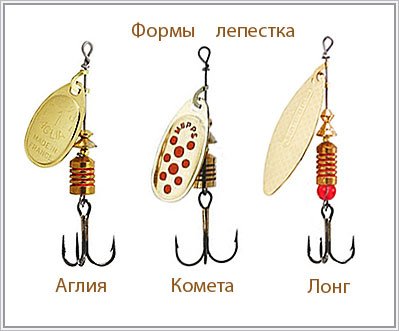
Mepps lures . Also, when fishing for pike, turntables – tandems are also used.
with two petals. They are more voluminous, create the strongest double vibration at the lowest speed of the drive.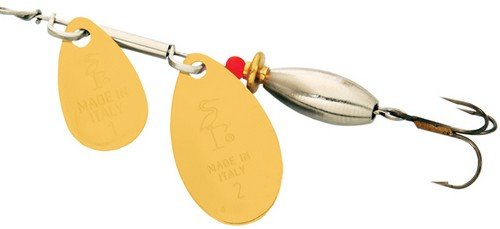
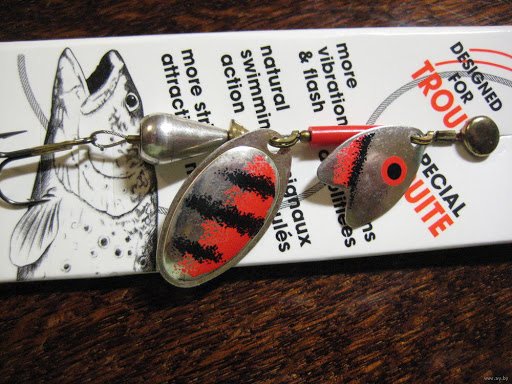
tooth, collarless spinners of the “in-line” type of large numbers from 2 and higher are also used. They are especially good on the current, as they start up at the slightest speed of retrieval and do not get out of the game when in contact with underwater vegetation.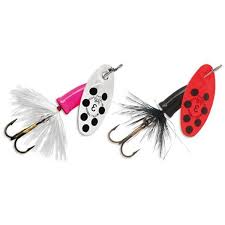 Blue Fox Vibrax Bullet Fly – collarless turntable [/ caption]
Blue Fox Vibrax Bullet Fly – collarless turntable [/ caption]
It is worth paying attention to such a variety of spinning lures as spinnerbaits –
more details about pike fishing with such lures in our material on the topic.
Feeding and wiring spinning lures for pike
The main rule when fishing for pike with spinners with a back load is that the
spinner should be carried out on the slowest lazy wiring, on the verge of petal failure . It is this monotonous, uniform wiring that almost always gives the best result. Petal shape, size and weight are matched to the conditions in order to achieve this result. Rotators with a load in the front part are carried out not only with a slow uniform, but also with a
long jig step (the phase of horizontal guidance at one step at least 2-3 meters) or wave-like animation along the bottom or in the water column. This is dictated by the optimal conditions for their application, as discussed below. The selection rules, depending on the depth and strength of the current, are as follows:
- The greater the depth, the narrower the petal we use (in gradation from greater depth to less long-comet-aglia).
- The stronger the current, the narrower the petal we use.
- In calm water, the depth of the wiring of an agliy-type petal is from 0.5 to 1.5 meters, a comet is 1.5-2.5, a long is from 2 meters to 3-4 meters.
- On the deepest holes from 3 meters and more, we use front-loaded rotors, varying the size of the weight depending on the depth. It is these lures that allow you to feel the bottom in deep places, which is extremely important when fishing for trophy pike.
- On the course, everything depends on the force of the jet and the direction of the wiring (upstream, across or against the flow) – is selected empirically.
On the uniform, you need to choose such an option so that the back of the spinner, as it were, falls down relative to the muzzle by 30-45 degrees, without knocking down the work of the petal. This option, as practice shows, is preferable to an ideally horizontal arrangement of the spoon. https://youtu.be/zvklKvjcOfI
It is worth knowing that some turntables with a front load allow you to completely remove the weight, and then they can be used as light, but large spoons for fishing the upper layers of the water area (from 0.15 to 1-1.5 meters, pike fishing is most effective with such a spoon in the summer in the sun and on overgrown reservoirs, where surface wiring is indispensable).
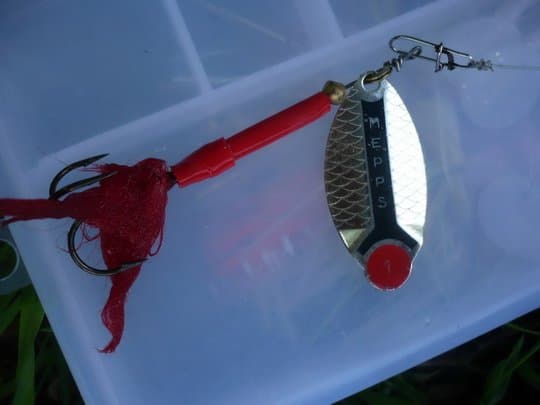
It is important to work out all working depths with high quality with different types of rotors, since the pike can stand in any layer of water. We pierce the bottom (depth 5-8 meters) with front-loaded heavy turntables with a short step along the notches, a little higher with a long step, then with long-shaped petals from 3-4 meters, above – with comets and on top – with agliyas.
It is also good that large pike spinning wheels are felt in the hand even at the lowest speed of retrieval, which improves the quality of the whole fishing. It also allows you to fish with less sensitive oak tackle, which is especially important for beginners who are not ready to shell out thousands of rubles for Japanese spinning rods, reels and a line.
Moving on to the selection of specific models
Proceeding from the fact that a large working spinner is easier to make than micro spinners in sizes 000-00-0, you can buy large spinners for pike from not the most famous manufacturers, up to the Chinese. https://youtu.be/sg9d7LTsgHU A selection of work rotators, which in the appropriate sizes and colors work on pike all season (a detailed overview can be found
here ):
Advice! We recommend purchasing spinning lures with an attack point in the tee area (edge, front sight, cambric, etc.). Or create it yourself with your own hands.
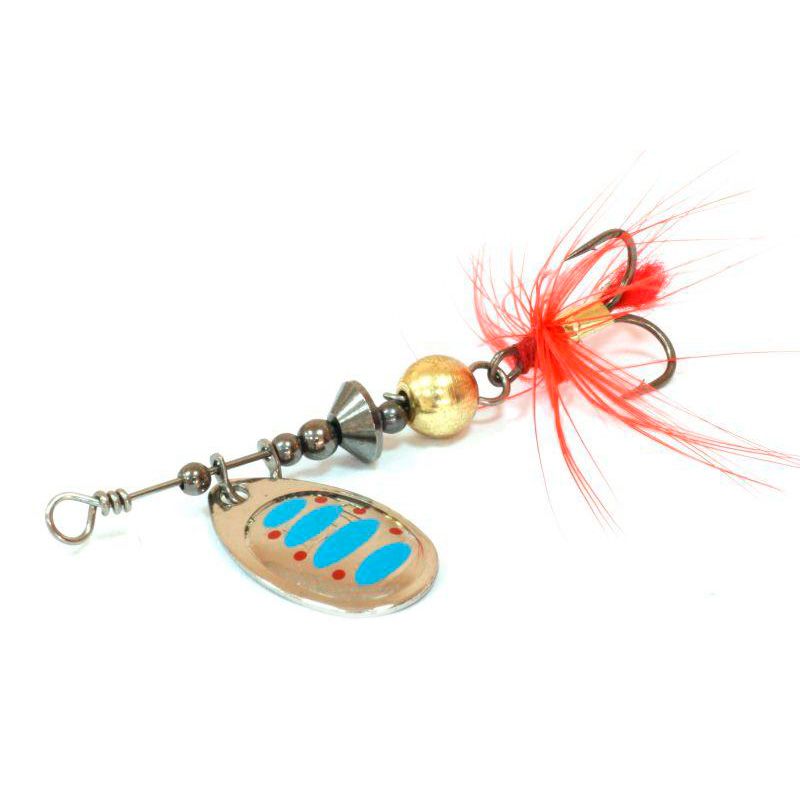
How to properly shine a pike on an oscillator: choice, wiring of spoons, nuances of application
Fishing for pike with a spinning rod is the most ancient and archaic method of spinning. But it does not lose its relevance now, which is confirmed by the top manufacturers of lures, which produce new series of oscillating lures every year. As you know, demand creates supply. The secret of the popular love for this type of bait is the relative ease of development, catchiness, versatility and unpretentiousness to animation.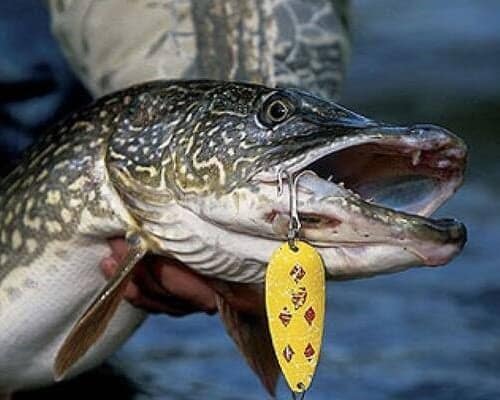
What kind of oscillating spoons does a predator prefer?
In general, the predator is unpretentious in its predilections with respect to oscillators and accepts various types. The main point is the size of the bait – more often the predator prefers medium and large spoons, this is especially true in autumn and spring, when the pike catches up with fat and attacks more prey. The size is from 6-8 cm and more, the weight can reach 30 grams or more. It is good to have in your arsenal vibrators of various sizes and weights, as well as their combinations. So for surface wiring, you will need “floating” spinners made of thin metal, for example, American Williams, which are large in size, but relatively small in weight: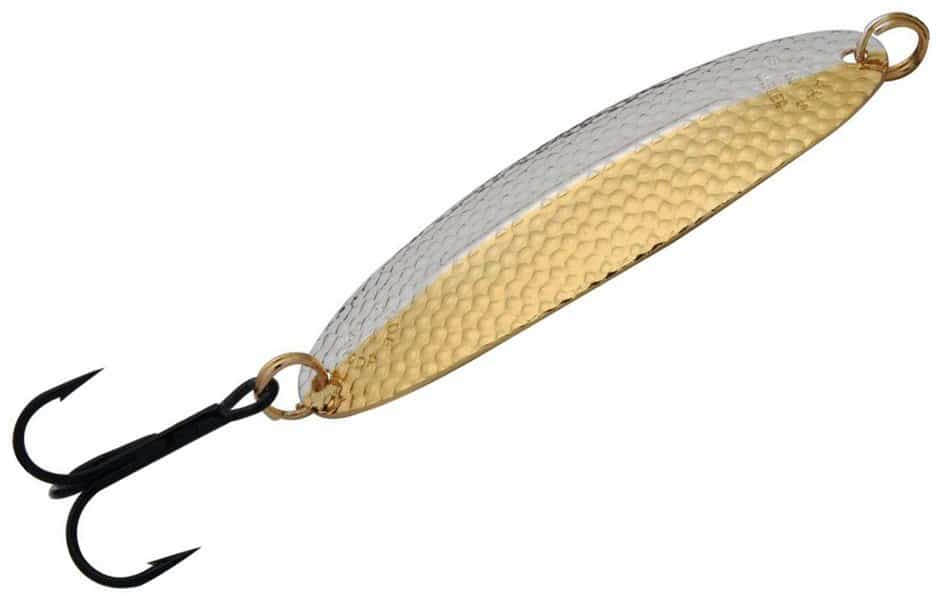
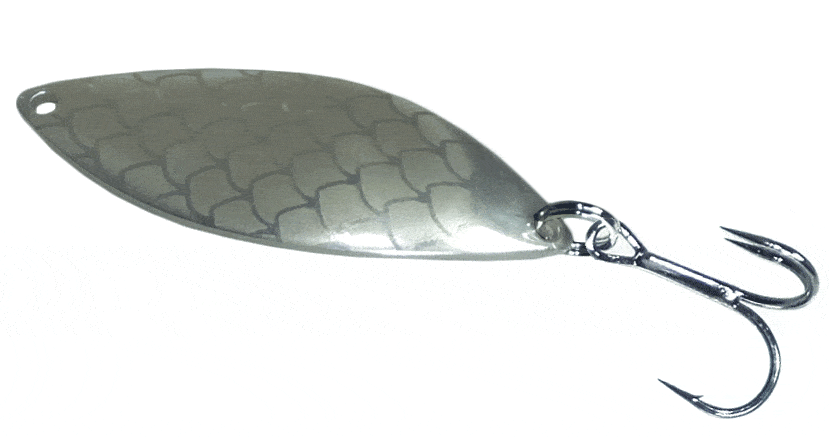
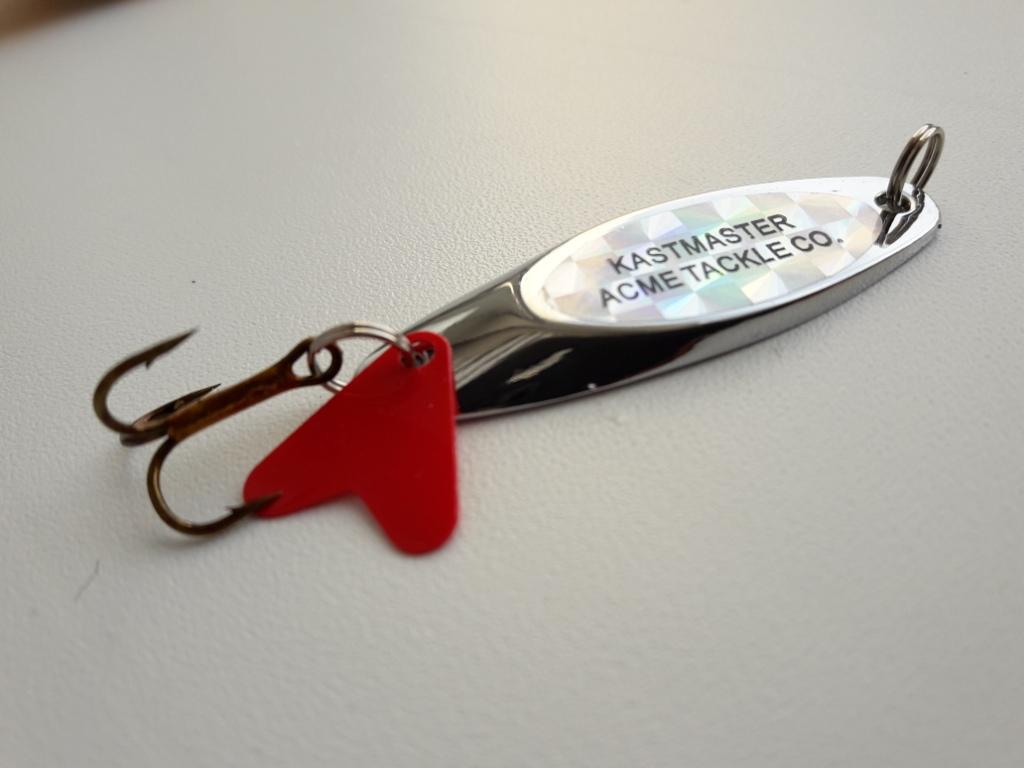
Detailed review HERE). And since it is in such points that a toothy beauty often keeps, then such spinners should be in the arsenal.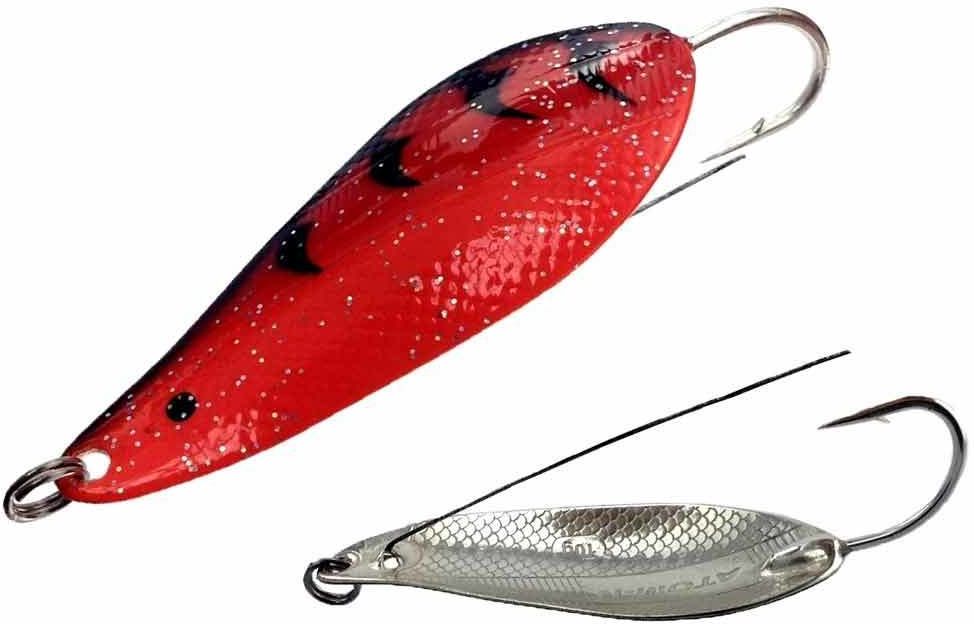
HERE ):
Pike feeding and wiring
The basic rule of wiring an oscillating lure for a pike (especially a passive one) is the same as for a turntable – a toothy loves imposing and slow animation with wide glides of the oscillator to the sides. Another question is that for each spoon, this very minimum operating speed is different. Narrow lures (Abu Garcia Toby) need faster tracking so that they do not go into a tailspin, wide (say, Shtorlek, everyone knows) the slowest is permissible. Wiring options:
- Uniform slow animation in the area where the predator is supposed to stay . It is the lazy vibrations of the “wounded fry at death” that provoke the predator’s grip. You need to start with it – this is a proven option over the years. Uniform pike tracking is especially good in the warm season – late spring, summer, early autumn. The size and weight of the bait is selected according to the fishing conditions empirically. The narrower and heavier the bait, the deeper it will sink. A wider one will be thrown into higher layers of water. If the predator is silent, we begin to try and persuade:
- Standard step with different step sizes – from short, up to 2-4 meters. Such tracking of the waver in a slow rhythm is good for pike in early spring after the ice has melted and until mid-end of April.
- Twitching and playing along with the spinning rod without stopping the uniform rotation of the reel.
- Striking along the bottom . The spinner, as it were, hovers and drags at the very bottom, undermining the tongues of turbidity, like a wounded fry. The hooks on the bottom feel very good with the proper experience of the angler.
- With the fall of the oscillator to the bottom and explosions in five to ten or more seconds . Very cool animation for the most passive pike. If the angler has an endurance, the pause can be made even more, up to a minute. Undermining the bait (for pike fry) from the bottom is accompanied by a cloud of turbidity and a characteristic shine of scales – and here it is, an attack and a blow! Light colors of lures – silver, cupronickel and the like – are perfect for such animation. Application time – summer and autumn until freezing. A very working trick, the author personally went from scratch thanks to this method.
It is important to fish the entire water horizon at all depths, at different angles of attack and from different sides of the reservoir, as far as possible. To do this, it is worth having in your arsenal a variety of vibrators, like other baits. Two or three correctly selected vibrators allow you to do this very quickly. The colors are selected for the food base of a particular reservoir, fishing depth, weather conditions.
It is important to track all the movements of the lure along the line and the tip of the rod, so as not to miss the bite of the predator and make the hooking until the moment when the pike recognizes the deception and spits out the inedible iron.
https://youtu.be/NA6EeTD80O4 It is worth remembering that it is not the bait or tackle that catches fish, but the angler. Therefore, there are no dogmas – experiment, observation and experience are the path to success and not only in fishing.
